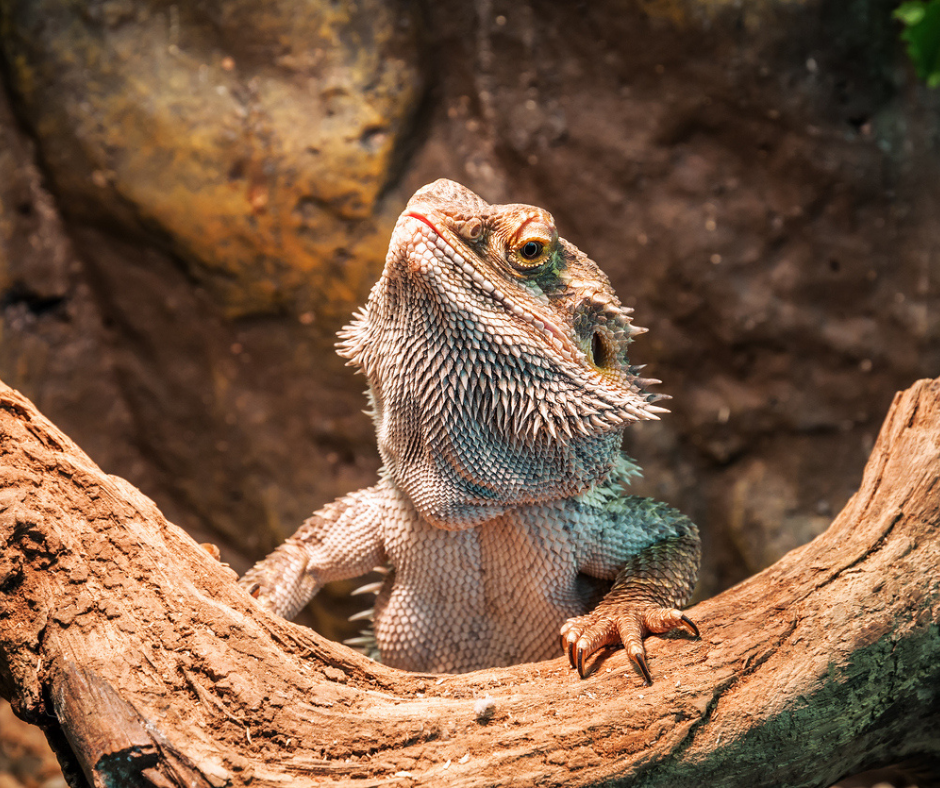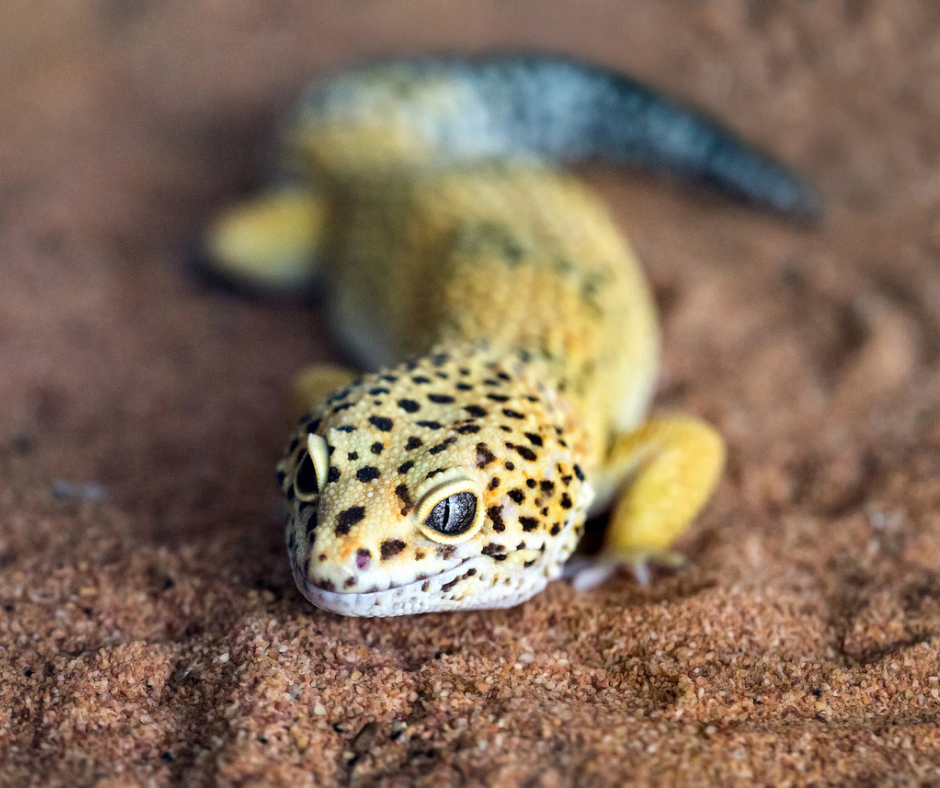Skin is the largest organ of the body and has many essential functions. These can range from providing all-important camouflage to being a vital protective barrier. But it can sometimes be an afterthought when it comes to pet health. Here we cover our need-to-knows on reptile skin care.
Keeping skin healthy
The right diet helps to keep skin in tip-top condition, with suitable levels of protein, vitamin A and calcium being particularly important. Some reptiles are omnivores, but others only eat meat or mainly eat plants.
While heat lamps are also important for skin health, burns due to incorrect heat lamp positioning can lead to wounds. Other causes of wounds include bites from companions or even self-trauma. Speak to a pet shop expert who specialises in reptiles if you are concerned about getting the set-up right in your pet’s tank. You can also ask them any questions you might have about meeting your reptile’s dietary needs.

Reptile skin anatomy
Skin has many layers – the outermost one is the epidermis, the next layer is the dermis, and then underneath these are the subcutaneous tissues. This literally means ‘tissues that lie under the skin’. To make things even more complicated, each of these layers has sub-layers… and one of the sections of the epidermis, known as the stratum corneum, is particularly thick in reptiles, containing lots of keratin.
This is referred to as the ‘horny epidermis’ and is waterproof, which is one of the ways that reptiles have evolved to live on land. Amphibians, by comparison, have much more breathable skin and have remained aquatic to help keep their skin moist. The outer layer of reptilian skin is generally very dry and made up of scales, or in some species ‘scutes’.
Reptile wound care
Wound healing in reptiles is notoriously tricky, especially compared with mammals like dogs and cats. This is partly due to some of the anatomical differences between the two. Reptilian skin is less well supplied by the blood stream, slowing the rate of wound healing, plus their body temperature and metabolism are often lower and more changeable. Reptile skin is also less flexible which can make surgery more difficult, and they are prone to developing a particularly thick kind of pus which doesn’t drain very well. Never try to treat a skin wound yourself, without seeking veterinary advice. They’ll be able to clean out the wound and recommend what after-care is needed.

Common skin complaints in reptiles
Most species of reptile shed their skin – some, like snakes, will do a complete shed, whereas others only do a partial shed. If your pet isn’t shedding, but should be, this is called ‘retained shed’ and can be a sign that something is wrong. The underlying causes are very varied and include nutritional deficiencies, mites, bacterial infections, incorrect humidity and many more. This means it is best to speak to a vet who specialises in reptiles for advice. They will often be referred to as an ‘exotics vet’.
Other common skin complaints in reptiles include parasites, such as mites, and dermatitis – which is inflammation of the skin. Again, a vet is the best person to speak to about any health concern and a pet shop expert might have some tips to help avoid these conditions occurring in the first place.
Want to find out more about reptile skin? Read our article about snakes and shedding here.


